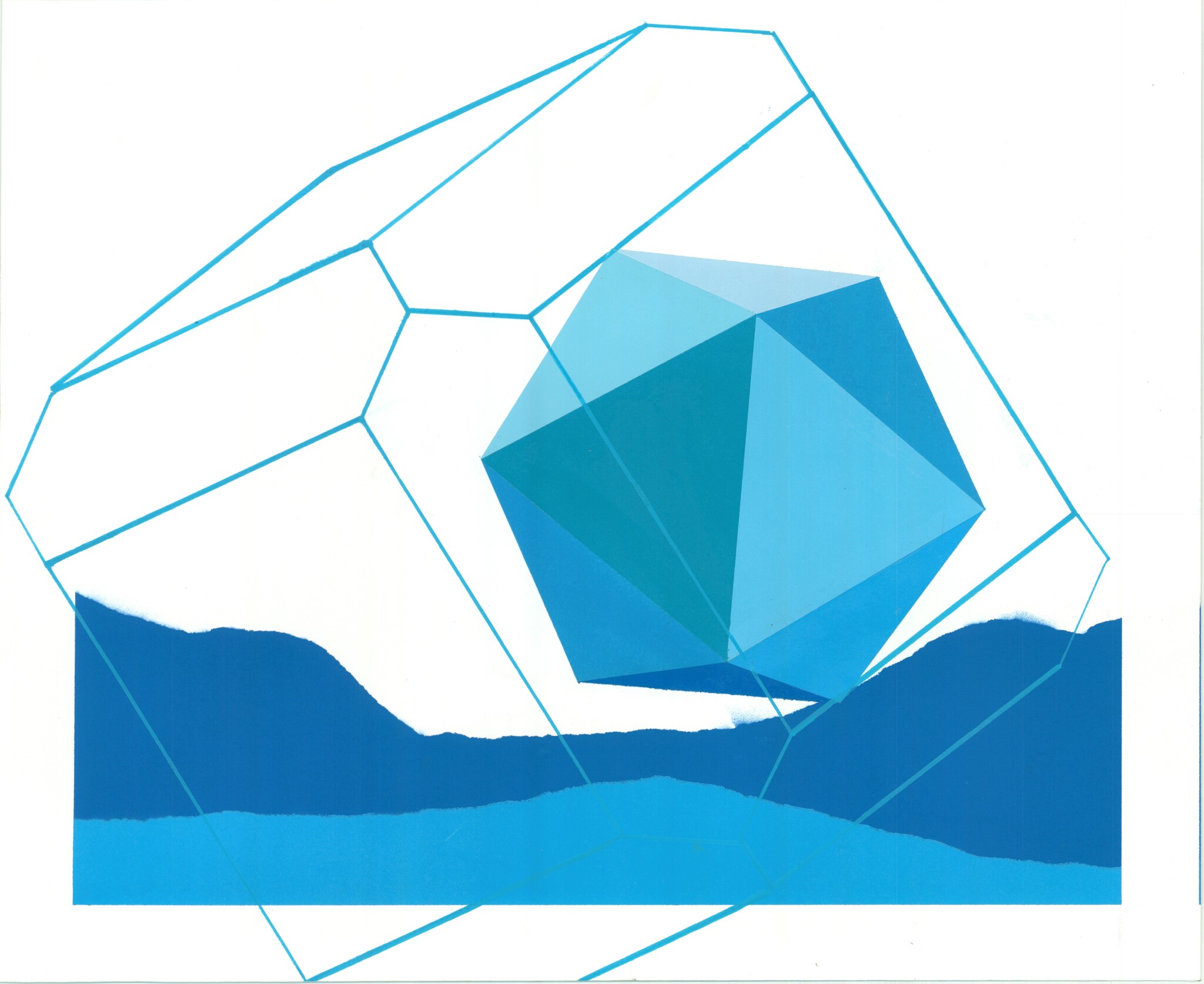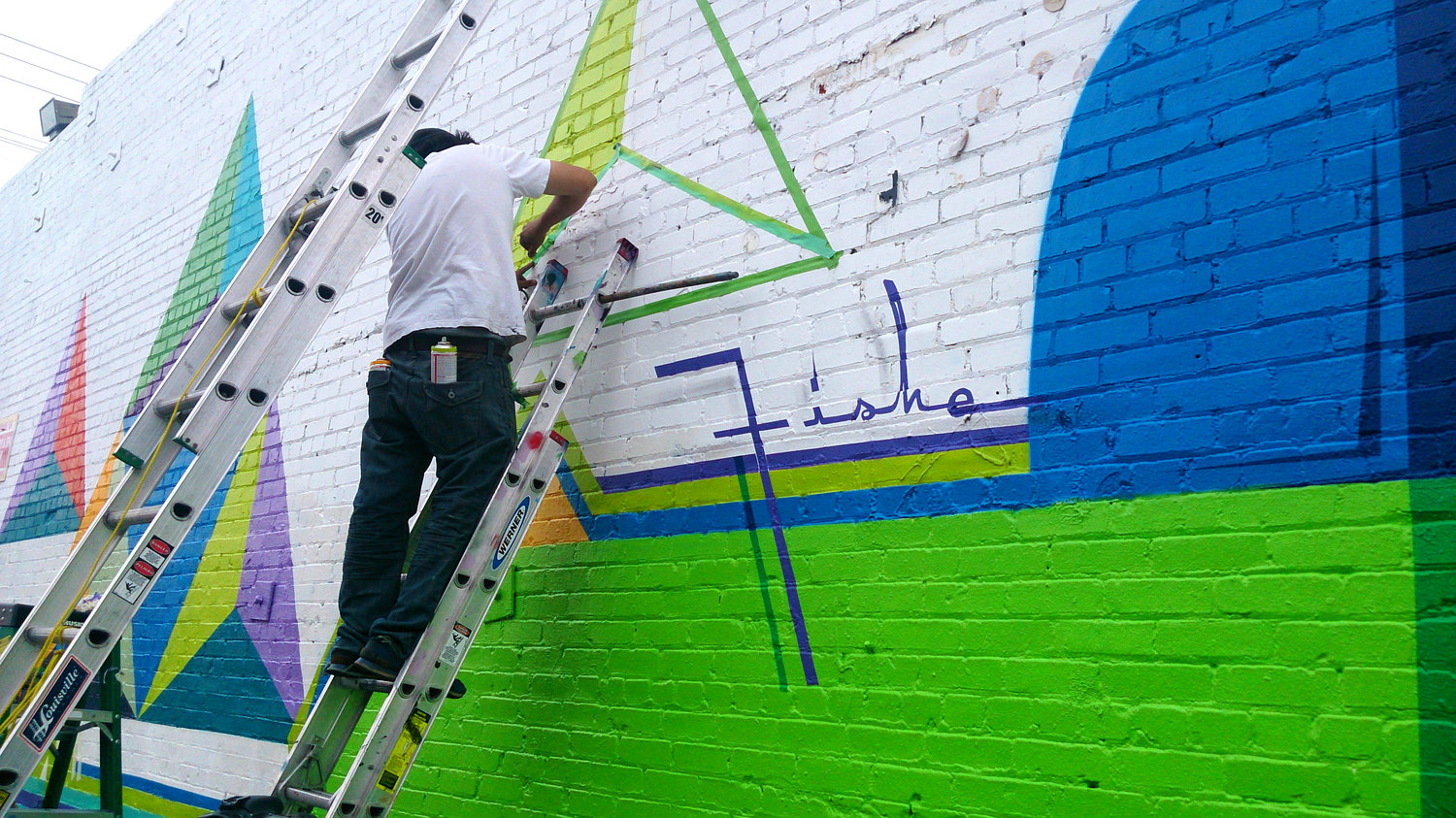We were lucky to catch up with Fishe One recently and have shared our conversation below.
Fishe , appreciate you joining us today. What were some of the most unexpected problems you’ve faced in your career and how did you resolve those issues?
I came into the arts via my time and experience with graffiti. In the early 1990’s graffiti was not considered an art form and had little to no respect from the fine art community and society at large. Most of my life I had to keep my art and my identity a secret. In general we have been viewed as anti social criminals with little to no redeeming value. It is definitely a topic I would not bring up during small talk when I met new people. This image slowly morphed and people views softened, partially as a result of the Banksy movie exploring street art, however for me it was always something to be kept secret as a detective was always around the corner ready to put us in jail for expressing ourselves. When I arrived to university and I told my professors I wanted to steer away from that path they did not understand, not only had I built a reputation that had gotten me into publications but museums were also starting to pay attention to my work. I explained I had come to college to unlearn and learn the formal ways of the art world. Fortunately I had a wise professor that reminded me some artist have a life long career and never get published or recognition from fine art institutions. As someone that had hidden that part of my identity for so long, it was difficult for me to accept how much the world had changed and my work was no longer viewed as simply a criminal nuisance. I am grateful for the societal shift in regards to the way my art is viewed. It has taken me a long time to accept and appreciate this change. I am often still reluctant to divulge my identity and the type of work I do but I see it viewed differently and peoples reactions are often positive and curious. I am open to see how this continues to evolve
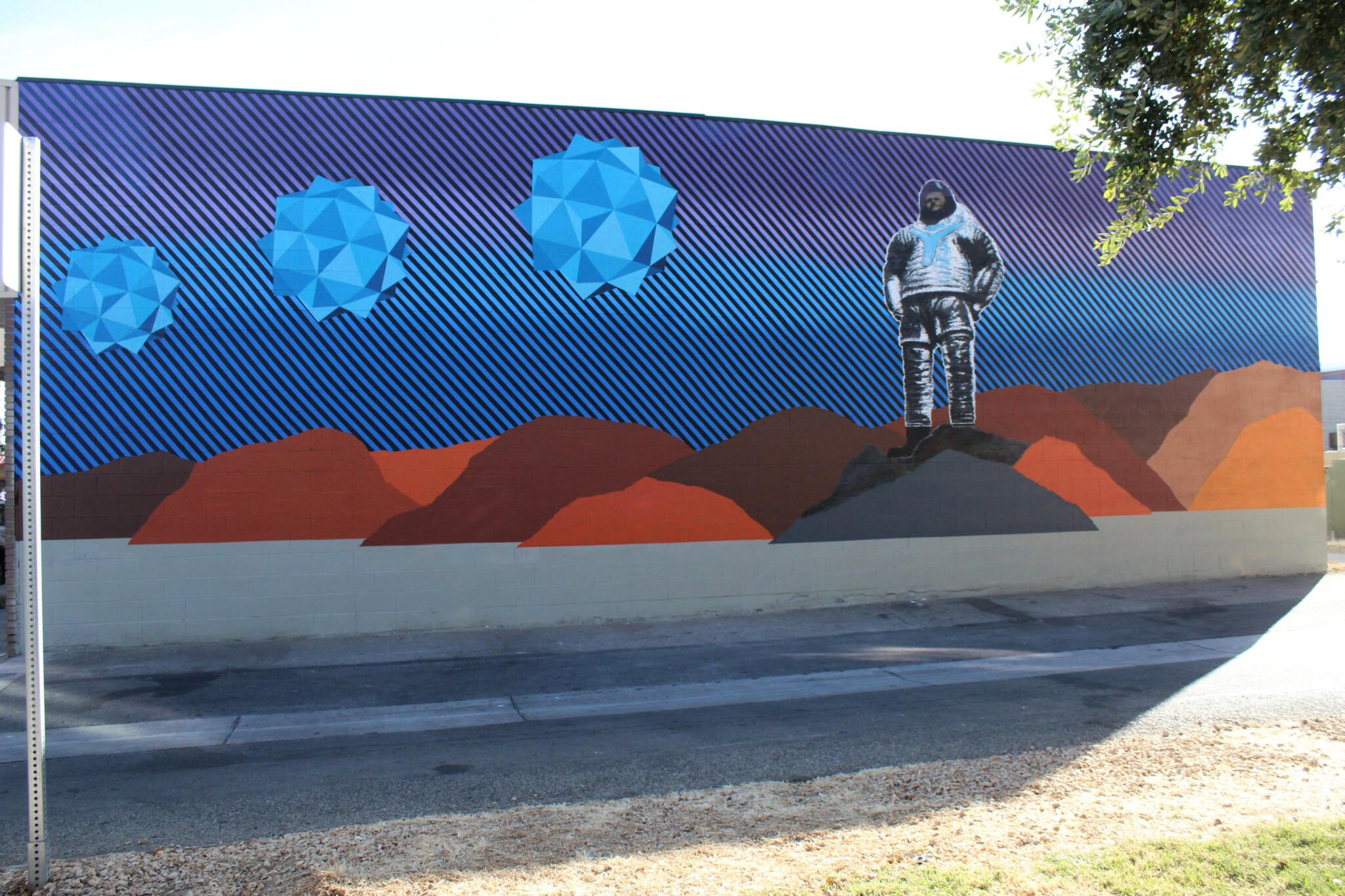

As always, we appreciate you sharing your insights and we’ve got a few more questions for you, but before we get to all of that can you take a minute to introduce yourself and give our readers some of your back background and context?
I got into this type of art organically as it was one of the only alternatives to gang culture at the time. The early 1990’s were very dangerous and violent to many folks from my demographic and geography. Graffiti art offered strength in numbers and a boundless amount of freedom and exploration, This was a perfect safe space from me to express my creative leanings while also participating what was a thriving youth culture movement. As of now I think graffiti is the largest and longest running art movement in contemporary times. As I further explored this art form I learned many of the formal and technical aspects of typography, design and art. from color theory to a mastery of a variety of materials, Graffiti was a wonderful tool for me to evolve as an artist and an outlet for personal expression. I am now best known for my fine art canvas painting and mural production. I have been fortunate enough to have my work collected by both well known and respected galleries/collectors and art museums such as LACMA, the Getty Research Institute and the national gallery in Berlin. My current body of work is generally still created with the same tools I used to create clandestine works however I now use the formal language of fine art to express myself in a hybrid style and visual language I consider my own. I have been fortunate enough to get many commercial gigs designing album art, beer labels and fashion apparel. Although commercial art is not my focus I am grateful to be able to explore different medium as well as being appreciated by folks outside our usually highly insular culture. Being asked to show work and being collected by fine art institutions is a dream I wasn’t sure I would achieve but I am super grateful for the opportunities and doors that have opened up to me because of my participation in this culture.

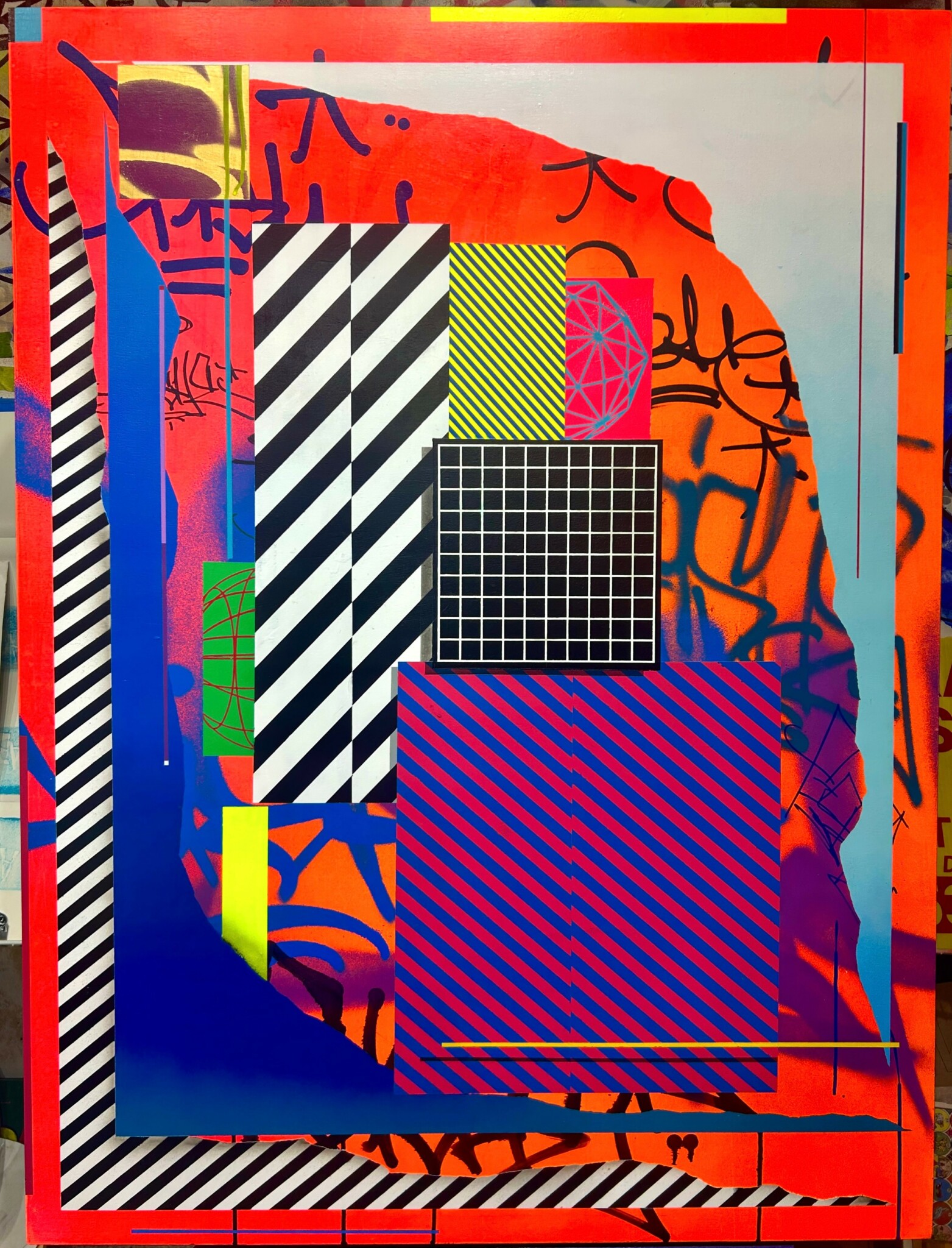
In your view, what can society to do to best support artists, creatives and a thriving creative ecosystem?
I often encounter people that say they want to hire me for a mural or a commission, after I give them a proposal for a budget many folks disappear others try to haggle to ask for discounts. I don’t think this is a great practice as a client. If you don’t understand the value of what you are asking for maybe consider being a little more understanding of the years of work and practice it took the person you are asking to reach a specific level of proficiency in their medium. When watching. master of a medium perform one may not realize the countless hours and work it took to get that person that level of skill in order to make the work look easy. If you watch a surfer on TV, they make it look easy because of all the work they have put in to get to where they are. If you are trying to hire a creative person for a design, commission, custom work, please respect their pricing. It has often taken a lifetime of work to get to where they are. Please try not to be disrespectful by asking for discounts. If you do not know what work from them may cost ask for a ballpark figure before asking for a full blown budget proposal. Let’s save everybody time and show respect for the artist and their medium. If it is outside your budget, that is reasonable but pease do not ask for free work. It would by like if you owned a car dealership or any other business and your customer/client said your price was bullshit. Don’t be that guy. If you value the work, pay the artist what they ask. They will produce something they are happy to make and of the highest quality. Once you ask for a discount the artist becomes sour with the work and you will get will reflect this attitude.
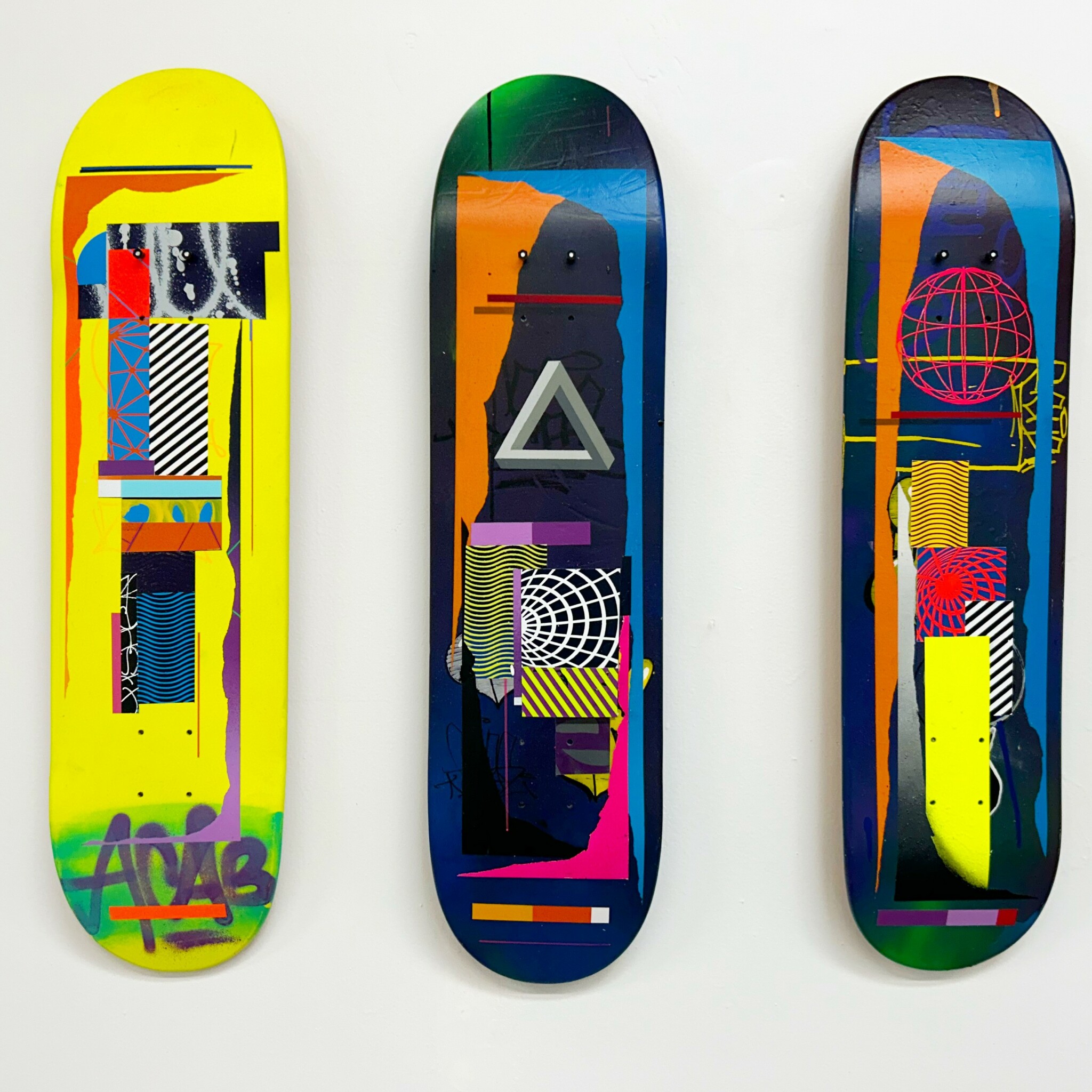
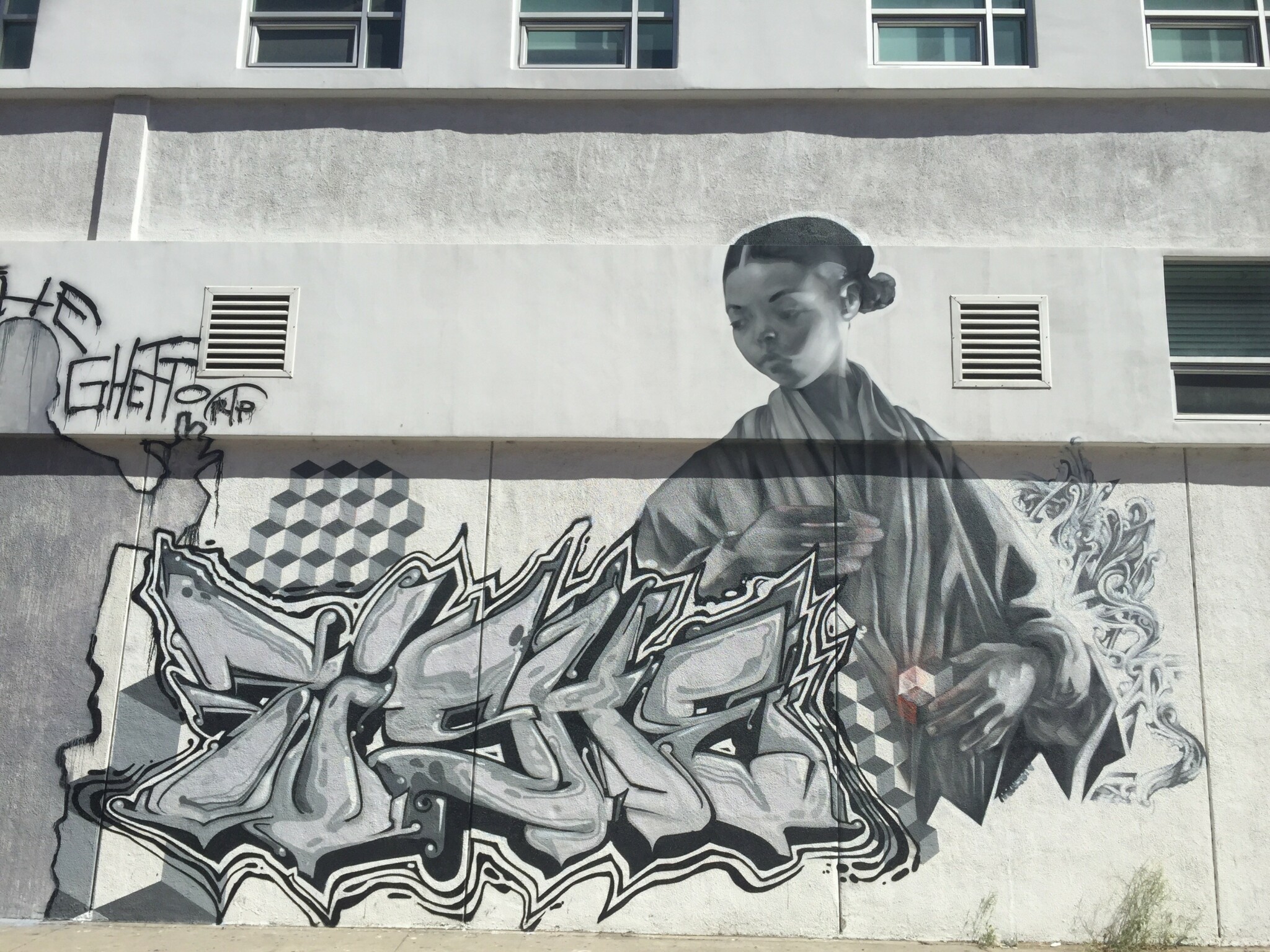
Are there any books, videos or other content that you feel have meaningfully impacted your thinking?
As a creative person one thing you are not ever taught in school is how to price your time/effort/work. Creative folks are often more obsessed with the creative process and the results. This lack of formal education into the economics of the art industry sometimes creates a gap between the creative and knowing how to value or price the work. Many years ago as I walked down the 3rd street promenade a random person with a bag and with a book in it stopped me and said I have been waiting for you. I was surprised, they said I have been waiting to give you this book. I was surprised by the strange nature of the interaction but with a smile accepted this persons gift. Inside was a book Called “True Prosperity” by Yehuda Berg. The book itself it about Kabbalah an ancient philosophy and how to apply its principles, in this book called technologies to your daily life. It was a very quick and easy read however, the book taught me to view money and wealth from a very different perspective from before. It treated money as a tool instead of an end goal. This changed my perception of the importance of money and the ability to have a positive relationship with it. Once it was a magical tool that helped apply potential energy to any situation the guilt of pursuing money left me. Ion longer viewed it as a material object but a tool that can transform situations. this along with a a few of its very simple and basic concepts helped me reframe my personal relationship with the acquisition of wealth and I no longer feared pursuing money. I no longer viewed it from a materialistic lens. It almost created a metaphysical relationship to money. Oddly enough since then I have had much more success is my businesses and my ability to deal with clients. This very basic change in my perception has helped me not feel guilt or shame in discussing business and pricing work. I feel many artists are still trapped in a romantic view of being an artist and not thinking of money as an end Goa rather than a tool for potential change in every aspect of ones life.
Contact Info:
- Website: https://fishe1.com
- Instagram: @fishe.one
